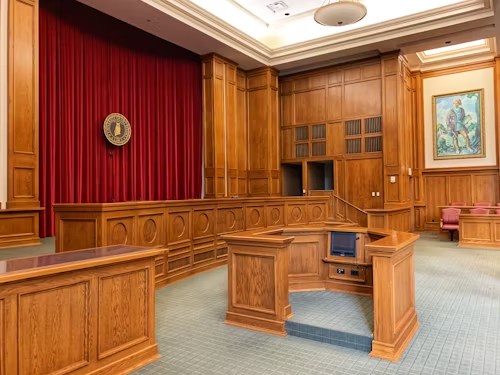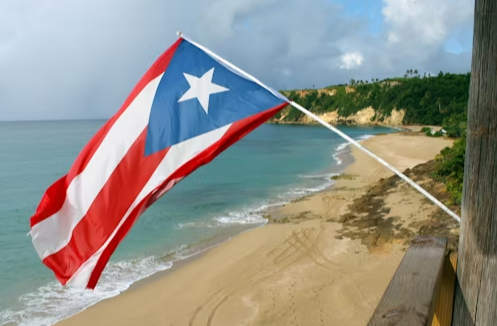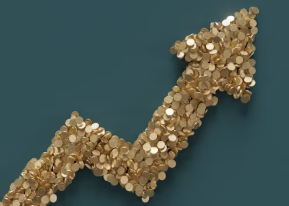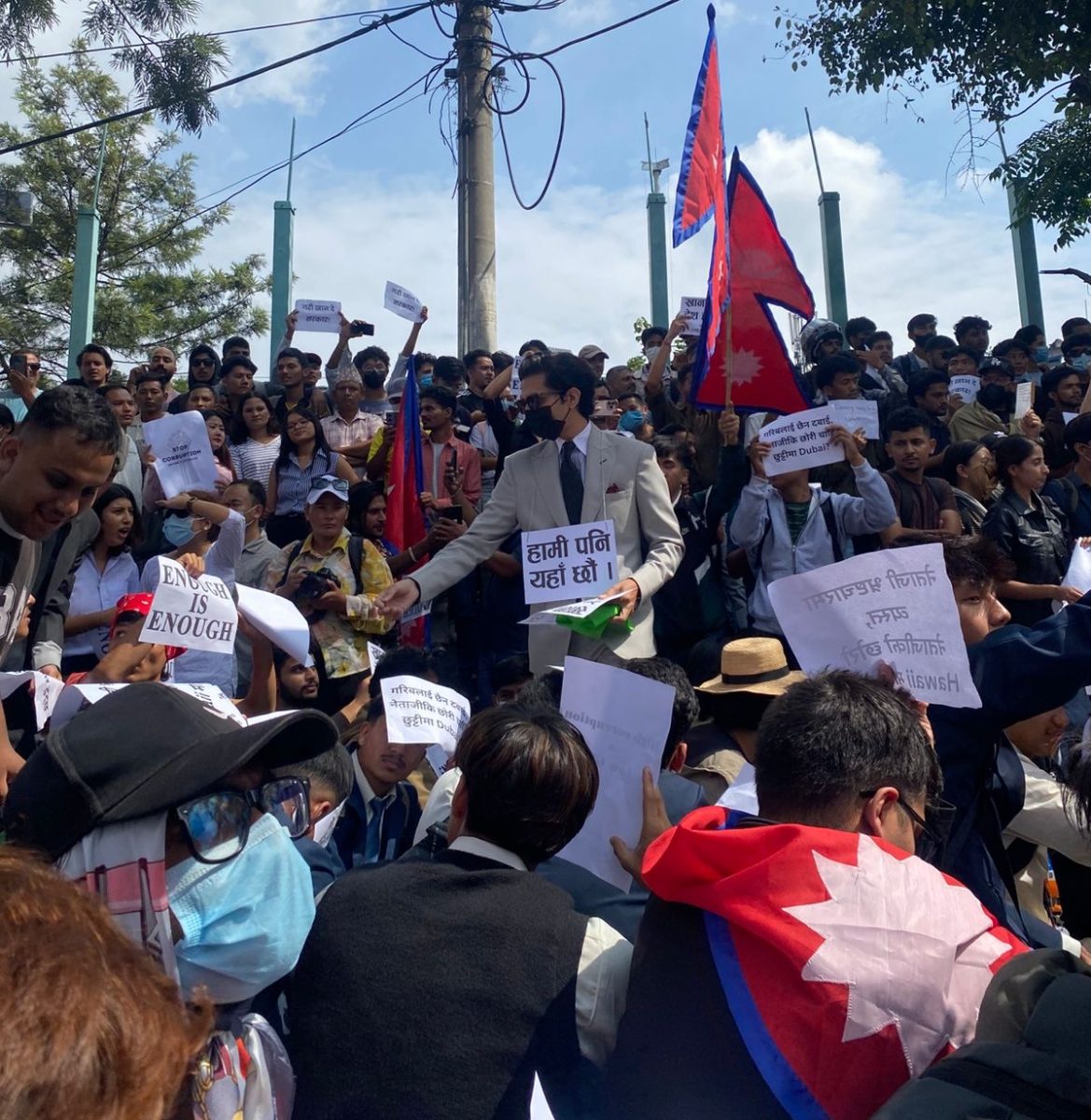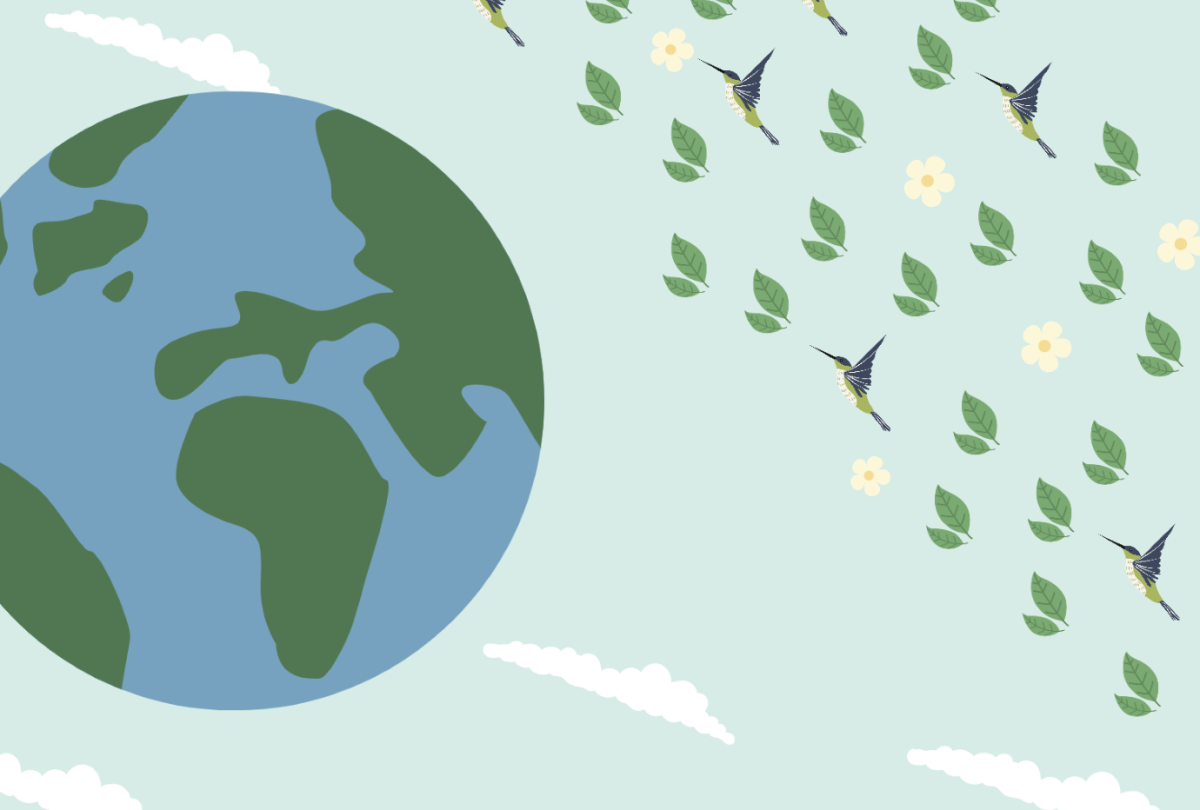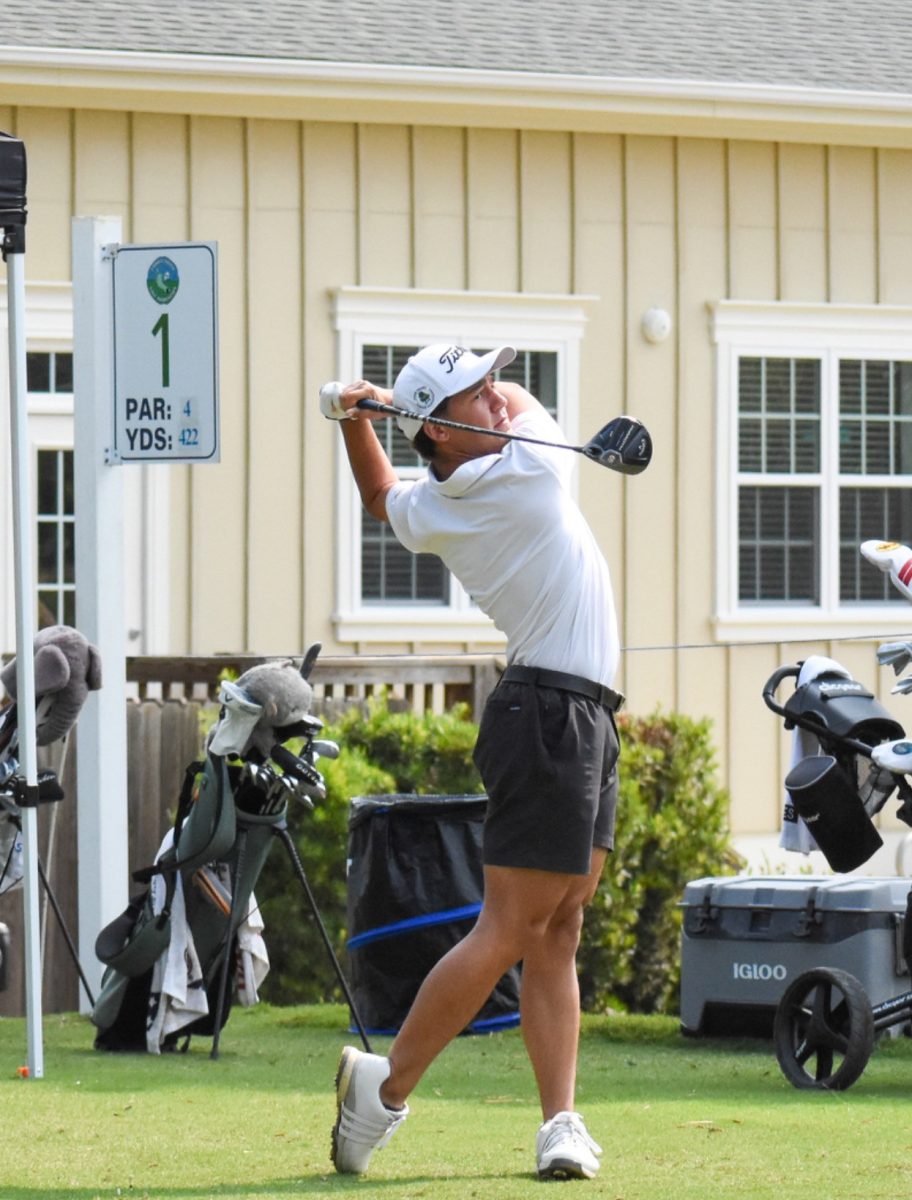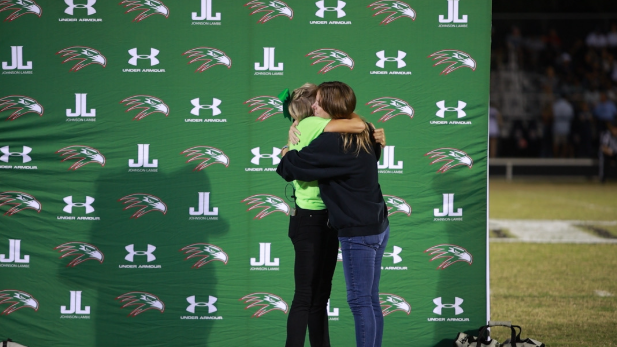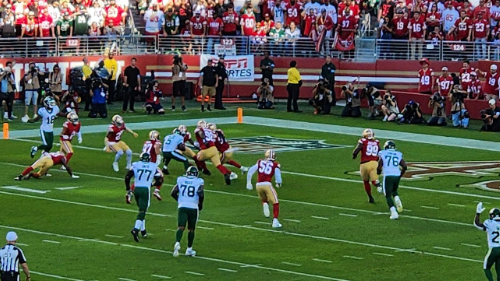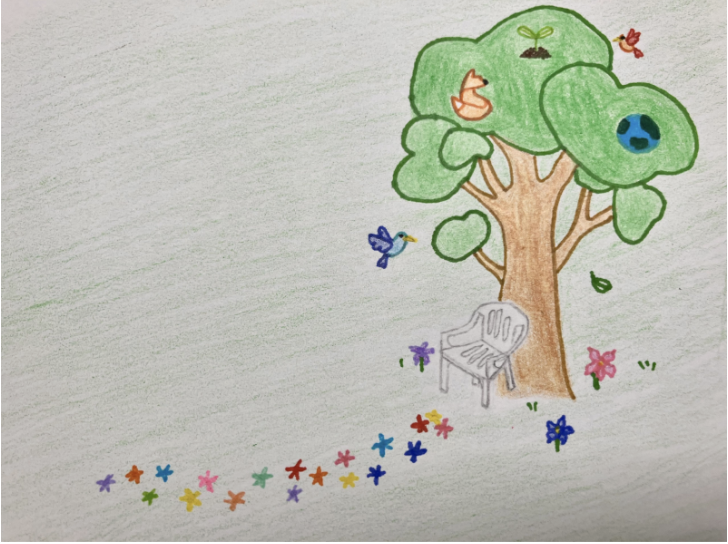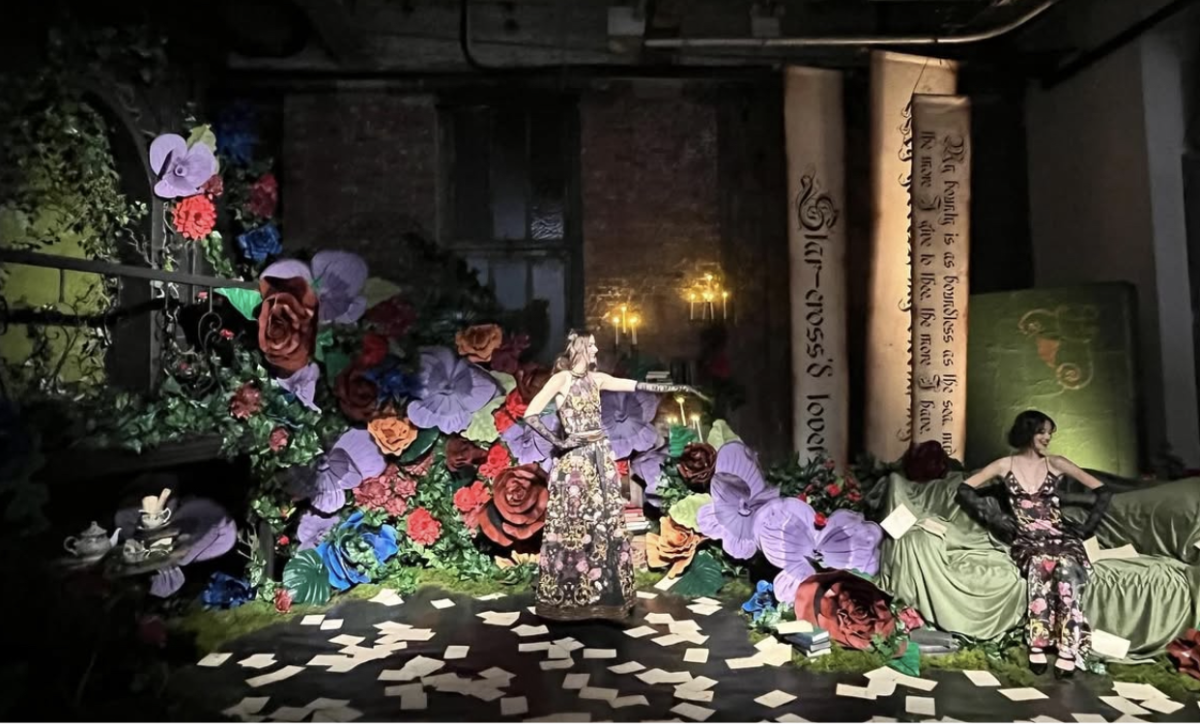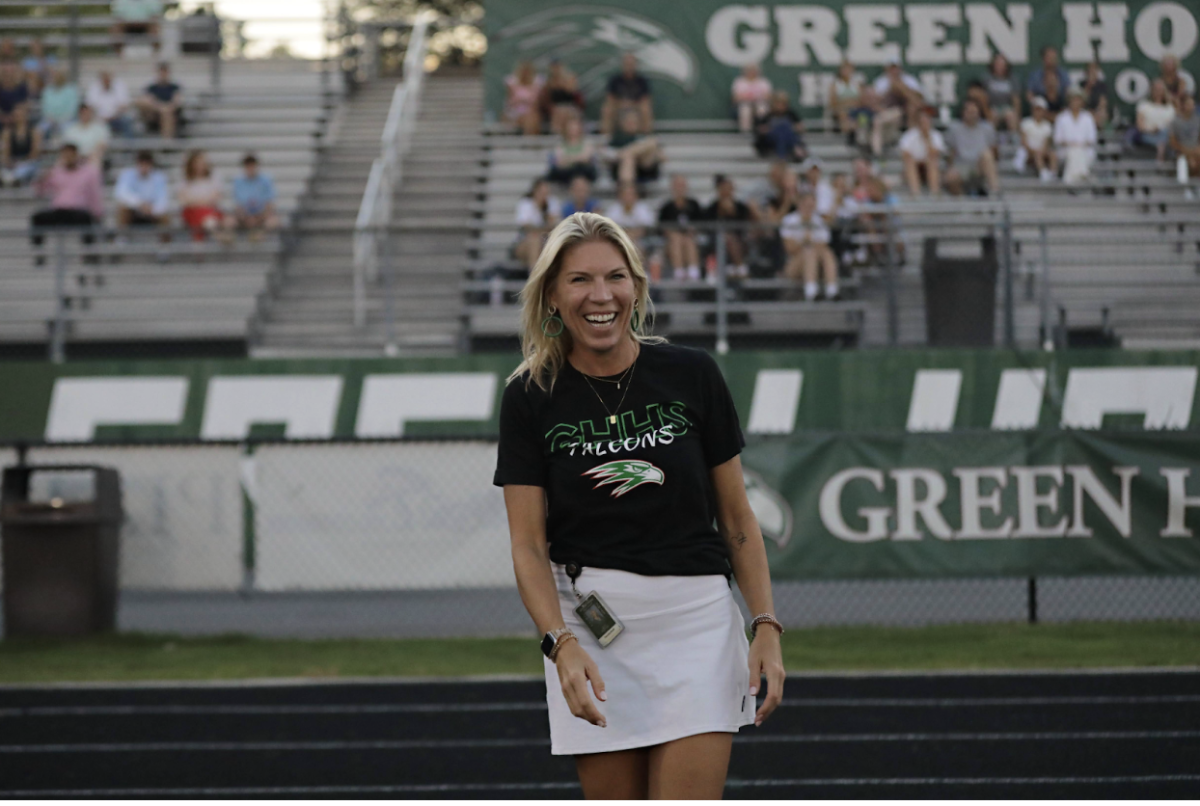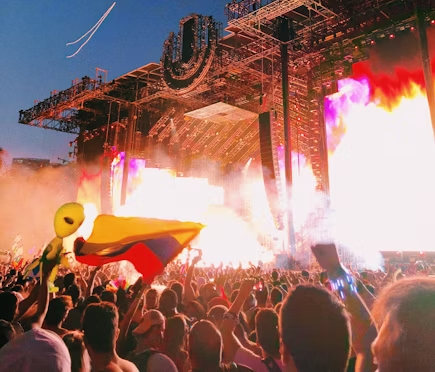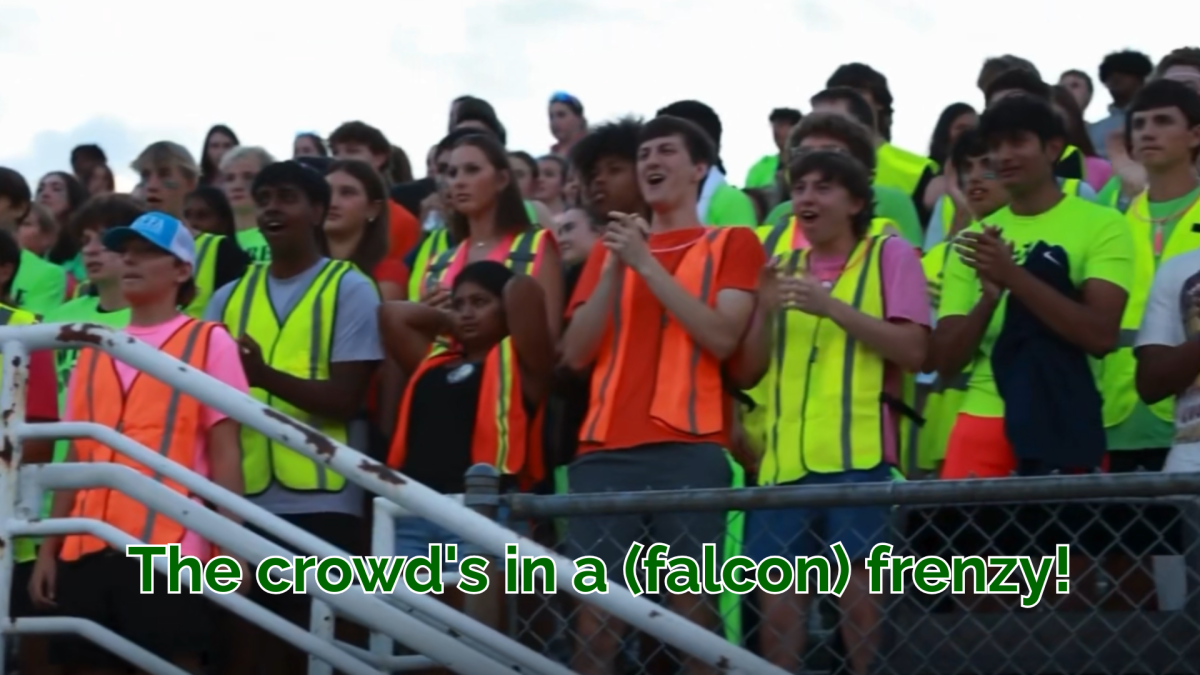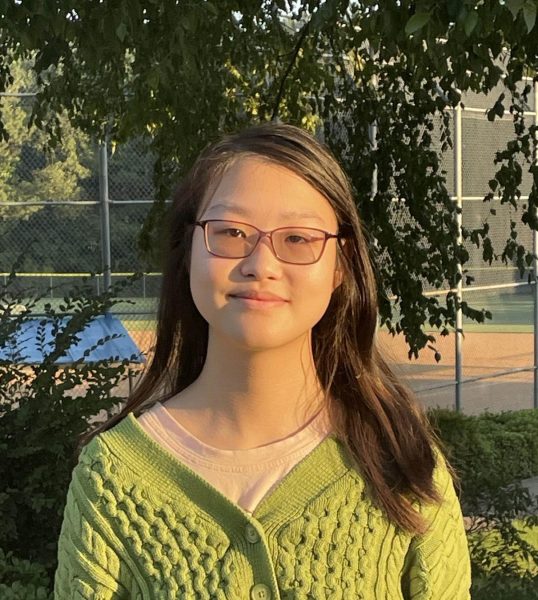Native American Heritage Month: We’re still here
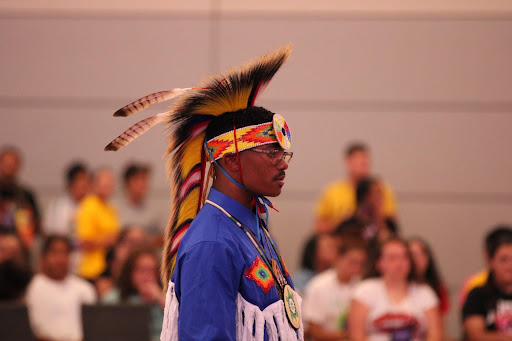
Men’s Cherokee grass dancer, Lawrence Kee, performs a traditional dance at NCNAYO Conference
November 1, 2022
Declared by President G.W. Bush in 1990, November recognizes the deeply rooted culture and contributions of Native Americans. Although the celebration initially began as American Indian Day, it has since transformed to include all of November. Citizens from the United States come together to celebrate Native American Heritage Month, including those in North Carolina.
Events like local Pow Wows and North Carolina Museum of History’s popular American Indian Heritage Celebration are all part of the month’s pursuit in commemorating Native American culture.
In the United States, there are 574 federally recognized tribes, eight of which are located in North Carolina. However, hundreds of other tribes across the country are not recognized because of tribal land purging.
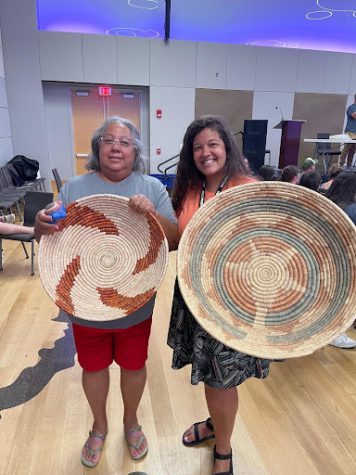
While some school curriculums include topics like the Trail of Tears, the long walk to Navajo, and boarding schools, many schools continue to lack any curriculum surrounding Native American history. As a result, the myth that Native Americans no longer exist continues to spread. In 2018, 42% of the country believed that Native Americans were a thing of the past despite numerous tribes still existing today.
Mr. James Hutchison, the Native American Studies teacher at Green Hope High School, shed a light on the lack of education surrounding indigenous people.
According to Mr. Hutchison, the absence of education stems from an unofficial past academic policy: the “percent rule.” This rule said that the amount of content in a textbook about a certain ethnicity should be equal to the percentage of people of that ethnicity in the population. Due to this, Native American history and culture made up two percent of textbook content.
The rule was later discarded, however the misconception still remains today.
Education and awareness during Native American Heritage Month continue to bring awareness to Native American history, both around the country and at Green Hope. A few years ago, the Social Studies department at Green Hope looked for new ways to spread awareness through its elective offerings. Thus, the Native American Studies elective was added to help fill in the gaps in the main curriculum.
As someone with Native American heritage himself, Mr. Hutchison took it upon himself to teach this course.
He hopes to introduce students to new ideas and perspectives. “The Indians never left, they didn’t just hand over the land and disappear. They’re still here with us today,” said Mr. Hutchison. In the media, he said that Native Americans are oftentimes misrepresented.” Instead of the focus of who they are today, media tends to focus on who they used to be” he added.
Native American culture has evolved throughout the years. Though Native Americans today no longer dress the same way as they used to, they still celebrate many of their traditions.
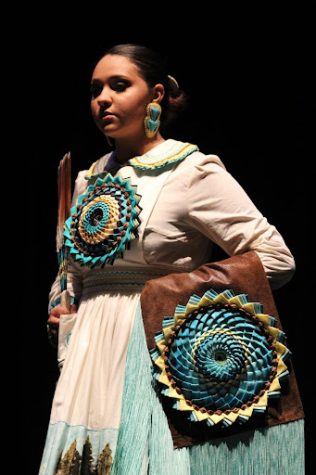
“Just because cultural things change overtime doesn’t mean that the people have vanished,” said Mr. Hutchison. Present Native Americans protect and share their culture through organizations and museums.
One such organization is the North Carolina Native American Youth Organization (NCNAYO), a group of youth from many tribes which works to educate people on the month’s history and how it is still celebrated today.
As a Native American herself, Kaylee Evans, a sophomore at PSRC Early College at RCC and the secretary of NCNAYO, cherishes this month as it gives her the space to feel recognized and represented. Growing up, Evans felt as though she was out of place, with her only famous representation being Pocahontas. Native American Heritage Month changes that.
Local Pow Wows showcase traditional dances, crafts and forms of art. To Native Americans, the month allows them to celebrate simply being native. Each tribe has different traditions, including varying forms of dressing and dancing.
Evans feels that talking to youth and being a part of these celebrations honors and raises awareness for the diversity in Native American cultures.
Native American Heritage Month is more than just a celebration of Native American culture. For Native Americans such as Evans, it symbolizes the transition from total erasure to increased respect and acknowledgement, enabling their voices to be heard.


